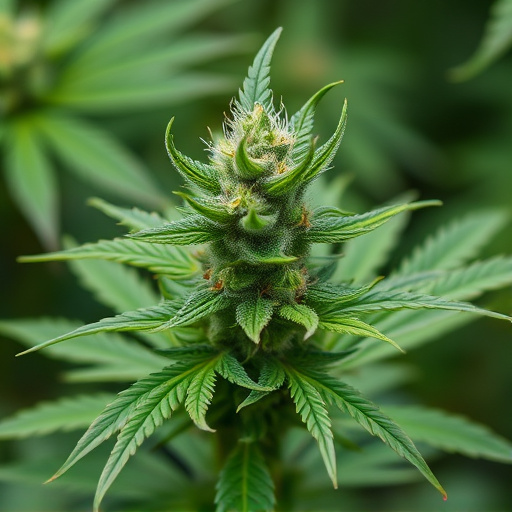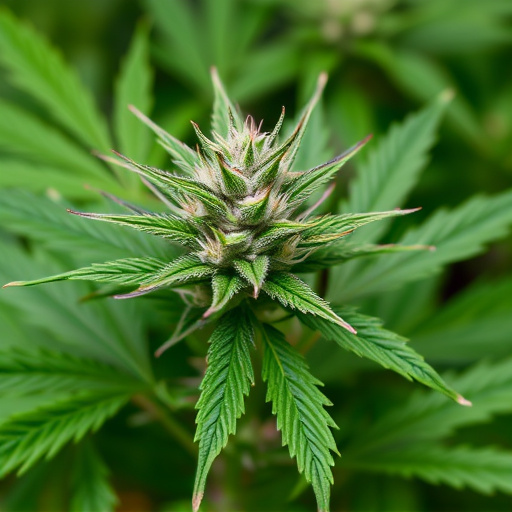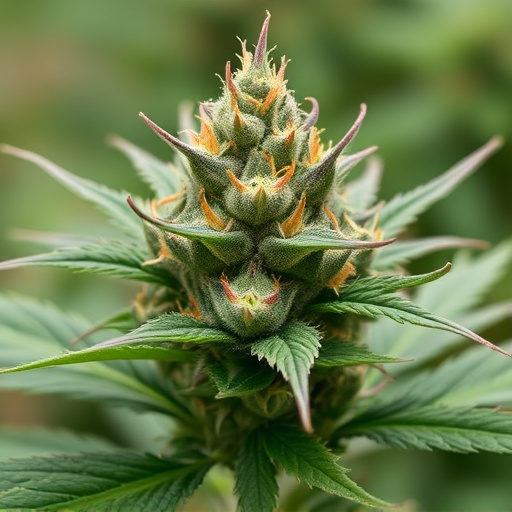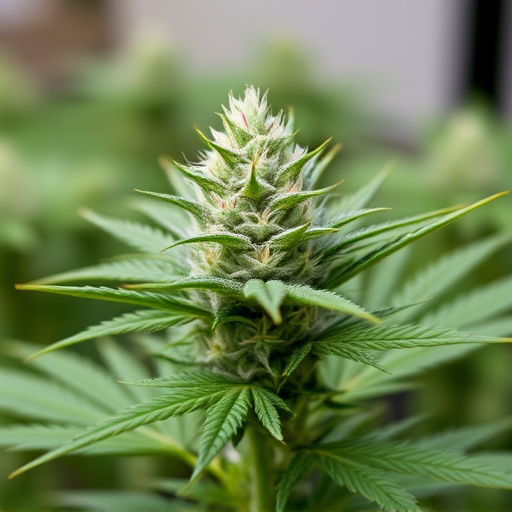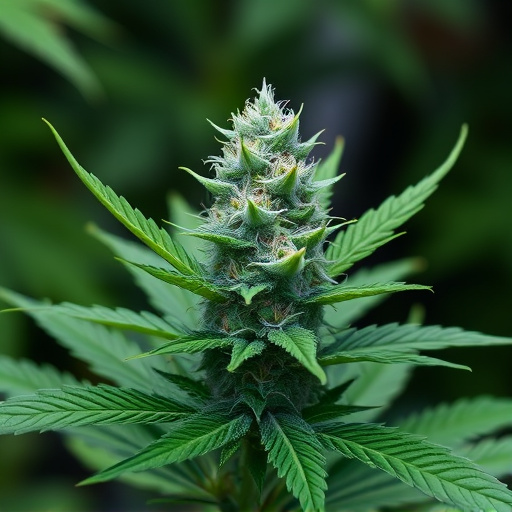The endocannabinoid system (ECS) is a body-wide network that maintains internal balance and is influenced by cannabis compounds like THC and CBD. Genetic factors and ECS variability lead to differing responses to cannabis. Medical cannabis strains are selected based on their cannabinoid profiles, offering tailored effects for conditions such as pain or anxiety. High-CBD and low-THC varieties provide therapeutic benefits without psychoactivity or controlled experiences respectively, emphasizing the personalized impact of the best strains of medical cannabis.
“Discover why weed hits everyone differently. Cannabis interacts complexly with our endocannabinoid system (ECS), regulating everything from appetite to mood. Compounds like THC and CBD, though popular for their medicinal benefits, yield varied effects due to individual differences in tolerance, metabolism, and genetic factors. Environmental settings and psychological states also play a crucial role, shaping how we perceive cannabis’s potency. Explore the best strains of medical cannabis tailored to diverse needs and unlock personalized wellness.”
- The Complex Interaction Between Cannabis and the Endocannabinoid System
- – Exploring the endocannabinoid system (ECS) and its role in regulating various bodily functions
- – How cannabis compounds like THC and CBD interact with the ECS and their individual effects on different people
The Complex Interaction Between Cannabis and the Endocannabinoid System
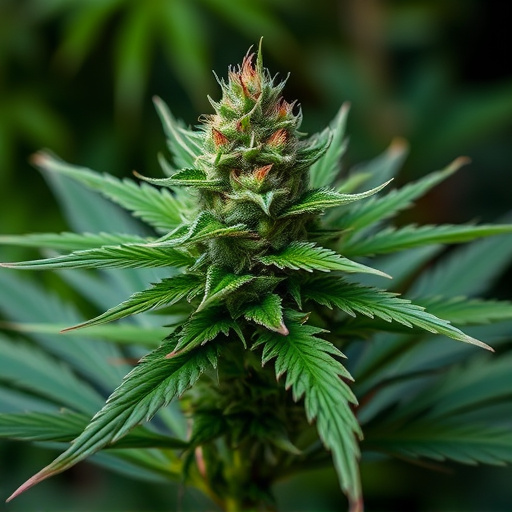
The human body has an intricate system designed to regulate various physiological processes, and at the heart of this system lies the endocannabinoid system (ECS). This complex network of receptors, enzymes, and endogenous cannabinoids plays a crucial role in maintaining homeostasis, or balance, within the body. When cannabis enters the system, it interacts with this ECS, leading to its diverse effects on individuals. The key to understanding why weed hits everyone differently lies in this interaction.
Each person’s ECS is unique, influenced by genetics and individual differences in receptor density and activity. Cannabis compounds, such as THC (tetrahydrocannabinol) and CBD (cannabidiol), bind to specific receptors in the ECS, triggering a cascade of responses. For instance, THC primarily binds to CB1 receptors in the brain, causing euphoria and cognitive effects, while CBD interacts with a range of receptors, potentially reducing anxiety and pain. The best strains of medical cannabis are often selected based on their unique cannabinoid profiles, tailored to target specific conditions and deliver desired outcomes, thereby highlighting the personal nature of cannabis’s impact.
– Exploring the endocannabinoid system (ECS) and its role in regulating various bodily functions
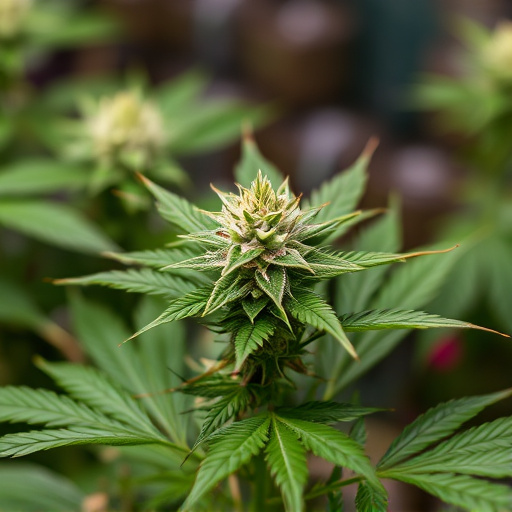
The endocannabinoid system (ECS) is a complex network of receptors and chemicals naturally present in the human body, playing a vital role in maintaining homeostasis—the body’s internal balance. It regulates various bodily functions, including pain perception, mood, memory, appetite, and inflammation. When cannabis enters the body, it interacts with this intricate system, which explains why the effects can vary so dramatically from one person to another. The ECS is comprised of endocannabinoids (produced by the body), receptors (CB1 and CB2), and enzymes that break down endocannabinoids. Different strains of medical cannabis contain varying levels of tetrahydrocannabinol (THC) and cannabidiol (CBD), which bind to these receptors in unique ways, leading to diverse experiences. For instance, high-CBD strains are known for their potential therapeutic effects without the psychoactive properties associated with THC, making them suitable for individuals seeking relief from specific conditions. On the other hand, balanced or low-THC varieties might offer a more subtle and controlled experience, ideal for patients looking to manage pain or anxiety without feeling overly sedated. Exploring the best strains of medical cannabis in relation to one’s specific needs can help optimize the benefits while minimizing potential negative effects.
– How cannabis compounds like THC and CBD interact with the ECS and their individual effects on different people
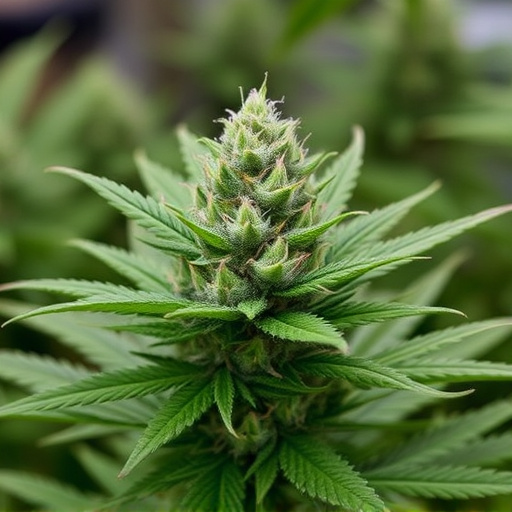
Cannabis compounds, such as THC (tetrahydrocannabinol) and CBD (cannabidiol), interact with the Endocannabinoid System (ECS), a complex network of receptors located throughout the body. The ECS plays a significant role in regulating various physiological processes, including mood, memory, pain perception, and appetite. When cannabis is consumed, these compounds bind to ECS receptors, influencing their activity.
THC, known for its psychoactive effects, stimulates CB1 receptors in the brain, leading to feelings of euphoria, altered senses, and heightened creativity in some users. However, it can also trigger anxiety or paranoia in others due to its interaction with other neurotransmitter systems. CBD, on the other hand, primarily binds to CB2 receptors in the immune system and has gained popularity for its potential therapeutic benefits. It may help reduce inflammation, alleviate chronic pain, and even counteract THC’s psychoactive effects, making it a sought-after component in many best strains of medical cannabis. This individual interaction with the ECS contributes to the diverse range of experiences people have when using cannabis.
The way weed affects individuals varies greatly, largely due to the complex interaction between cannabis compounds and our endocannabinoid system. While THC may induce euphoria in some, it can cause anxiety in others. Similarly, CBD’s calming effects are well-documented, but its benefits can differ based on personal tolerance and medical background. Discovering the best strains of medical cannabis for individual needs is a crucial step towards optimizing its therapeutic potential, highlighting the need for personalized treatment approaches.




